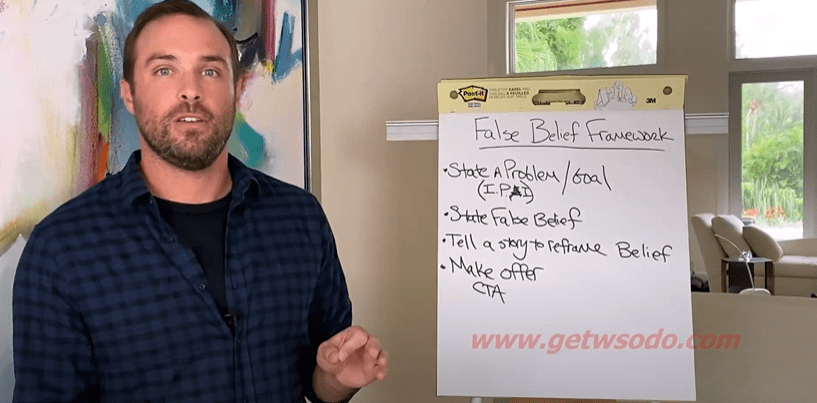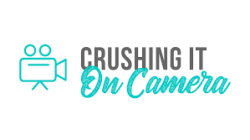False Belief Video Framework Training
Welcome to the training on the False Belief Video Framework, an effective tool for creating videos that generate leads. This framework, also known as a whiteboard webinar, is versatile, suitable for both pre-recorded and live videos. Whether you're running a Facebook Live in your group, featuring it on your profile, embedding it on your website, or using it within Facebook ads, this framework is designed for universal application. Now, let's break down the process step by step.

Step 1: State the Problem or Goal
Begin your video by addressing a problem your audience faces or sharing a goal they wish to achieve. This sets the tone and provides a clear context for the viewer. Here's an example to illustrate how you might approach this step:
For instance, you could greet your viewers with a message such as, “In this video, I'm going to teach you how to be natural and conversational on camera.” This statement outlines a common objective that viewers can immediately resonate with.
Identifying Pattern Interrupt (IPI) – Optional
Consider using an IPI as an additional engaging element. An IPI highlights your video to your ideal client in a sea of content. For example, if you teach people how to improve their football skills, you might start your video on a football field or by throwing a football, instantly attracting the football enthusiasts.
Step 2: State the False Belief
The next step involves identifying and addressing a common misconception that your audience might have. For instance, a false belief could be the idea that “winging it” is the best way to appear natural on camera. Your task here is to highlight these fallacies and introduce the objections they might inadvertently support.
Step 3: Tell a Story to Reframe the Belief
Once you've established the false belief, it's time to change the narrative. Use storytelling to dismantle the erroneous view and replace it with the correct perspective. Whether the story is personal or about a client's experience, your goal is to reshape the belief effectively. Share anecdotes that demonstrate how others achieved the goal by following the correct methodology.
Step 4: Make an Offer or Call to Action
Having captured the audience's attention and reshaped their thinking, you must present them with an offer or a call to action. This could be an invitation to book a call if you're selling high-ticket services or directing them to a sales page for lower-ticket items. Whatever your offer, ensure that it's compelling and clearly stated.
Additional Tips for Video Creation:
- Use Visual Aids: A whiteboard can enhance engagement and clarify the presentation though it's not mandatory.
- Energetic Delivery: Start your video with enthusiasm and conviction to ensure that the viewer is captivated enough to watch further.
To recapitulate, the sequence to follow is:
1. Problem or goal statement, with an optional IPI.
2. Address the false belief.
3. Storytelling to reframe the mindset.
4. Presenting your offer or call to action.
Bonus: High Energy Presentation
From the video’s outset, maintain high energy and an upbeat demeanor. Your energy translates directly to viewer engagement and helps sustain attention throughout the duration of the video.
Implement the False Belief Video Framework now, and remember, stay enthusiastic, stay focused, and guide your audience confidently towards your offer.
By mastering the False Belief Video Framework, you're well on your way to creating videos that not only educate but also convert viewers into leads effectively.

